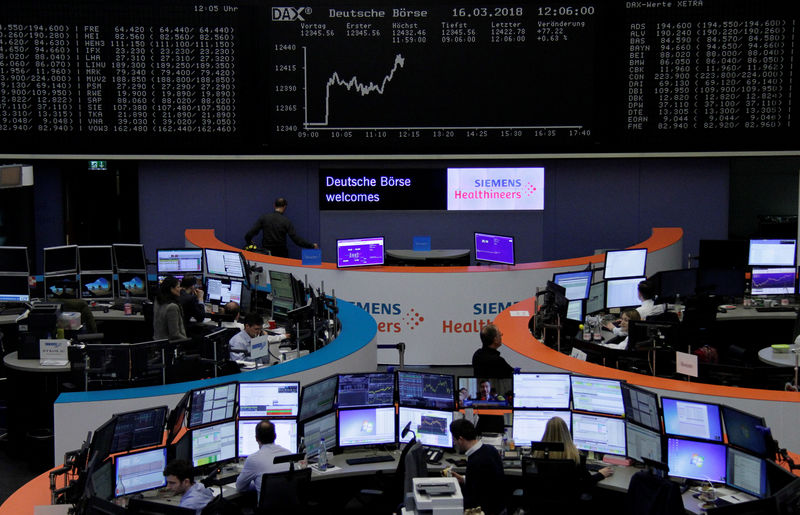Street Calls of the Week
Investing.com -- UBS expects relative outperformance in European stocks to continue, highlighting a “supportive expansion regime” in the region “that is possibly accelerating.”
The bank set a year-end price target for the Stoxx 600 index at 580, implying an approximate 8% upside from current levels.
In a Wednesday note, UBS suggested that the business cycle in Europe, influenced by the EU, US, and China, remains in an expansion phase, which typically aligns with gains for the Stoxx 600 index.
UBS projects modest nominal GDP growth of 3% in Europe but sees a potential acceleration into 2025/2026 due to fiscal stimulus measures. At the sector level, improvements have been observed in cyclical sectors like autos, industrial goods, chemicals, and construction materials.
With respect to earnings, the firm notes that while consensus expectations have stabilized at 6% growth for 2025, it projects a more conservative figure of 3%.
“Consensus expects a modest sales acceleration in Q2 to drive margin expansion in Q3 and Q4. We are less optimistic that aggregate margins expand but acknowledge the resilience of margins through the recent earnings season,” strategists led by Gerry Fowler said.
“German/EU fiscal announcements and a possible Ukraine ceasefire present a potential sea-change in Europe that we think should support rising confidence. Tariffs represent a material risk to exporters,” they added.
Valuations in the Stoxx 600 have increased to 14.2x, reflecting growth optimism despite stable bond implied discount rates. UBS estimates a further 5% valuation expansion this year, driven by favorable investment flows.
The report also points out that Price/Earnings to Growth (PEG) ratios reveal value in cyclical and consumer sectors, which are expected to recover more robustly as energy prices and interest rates decline.
Finally, UBS touched on the changes in market sentiment, with derivative activity suggesting initial rally leadership by hedge funds. However, recent strength in the euro implies that ’real money’ investors are now contributing to market support.
